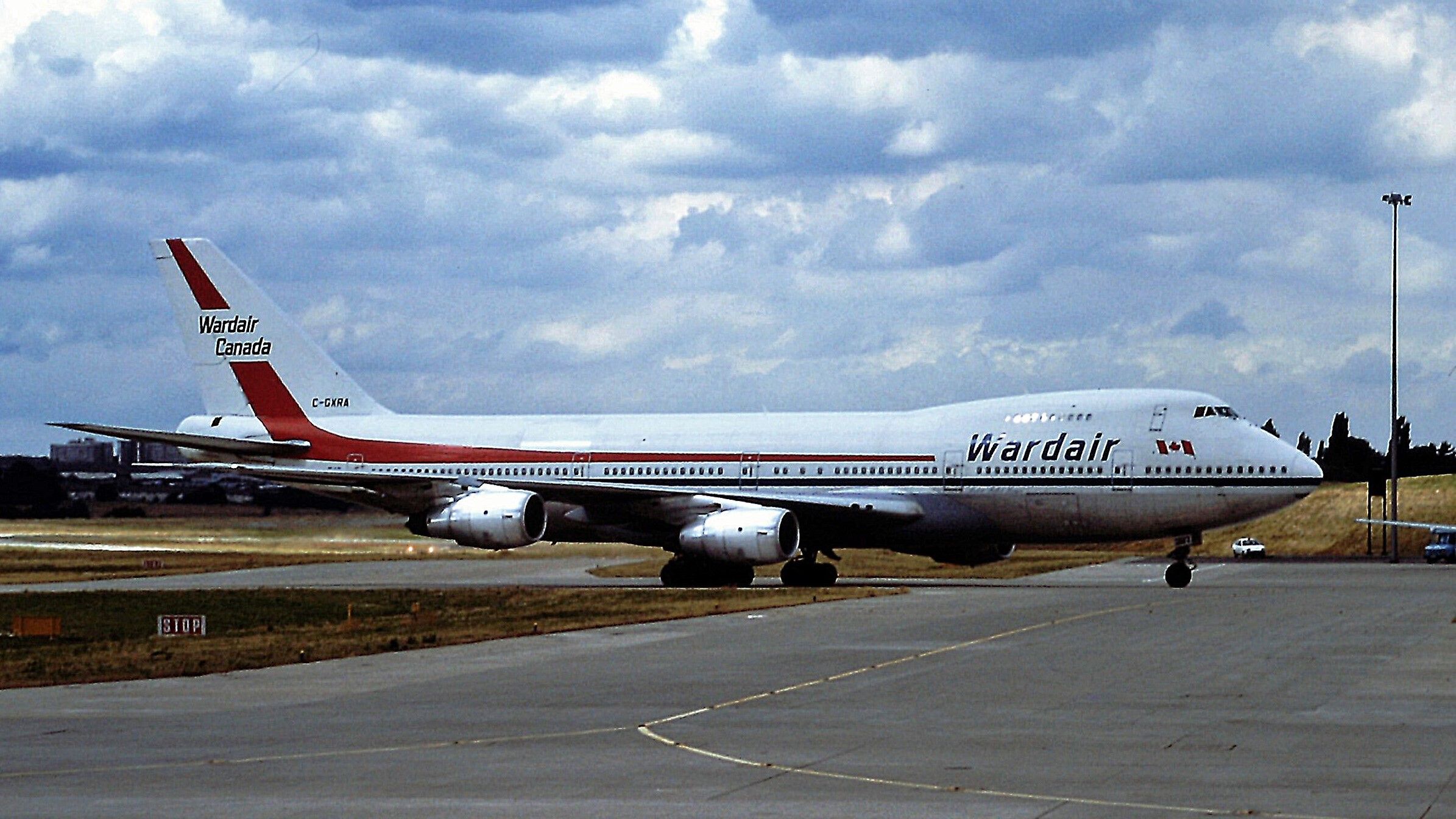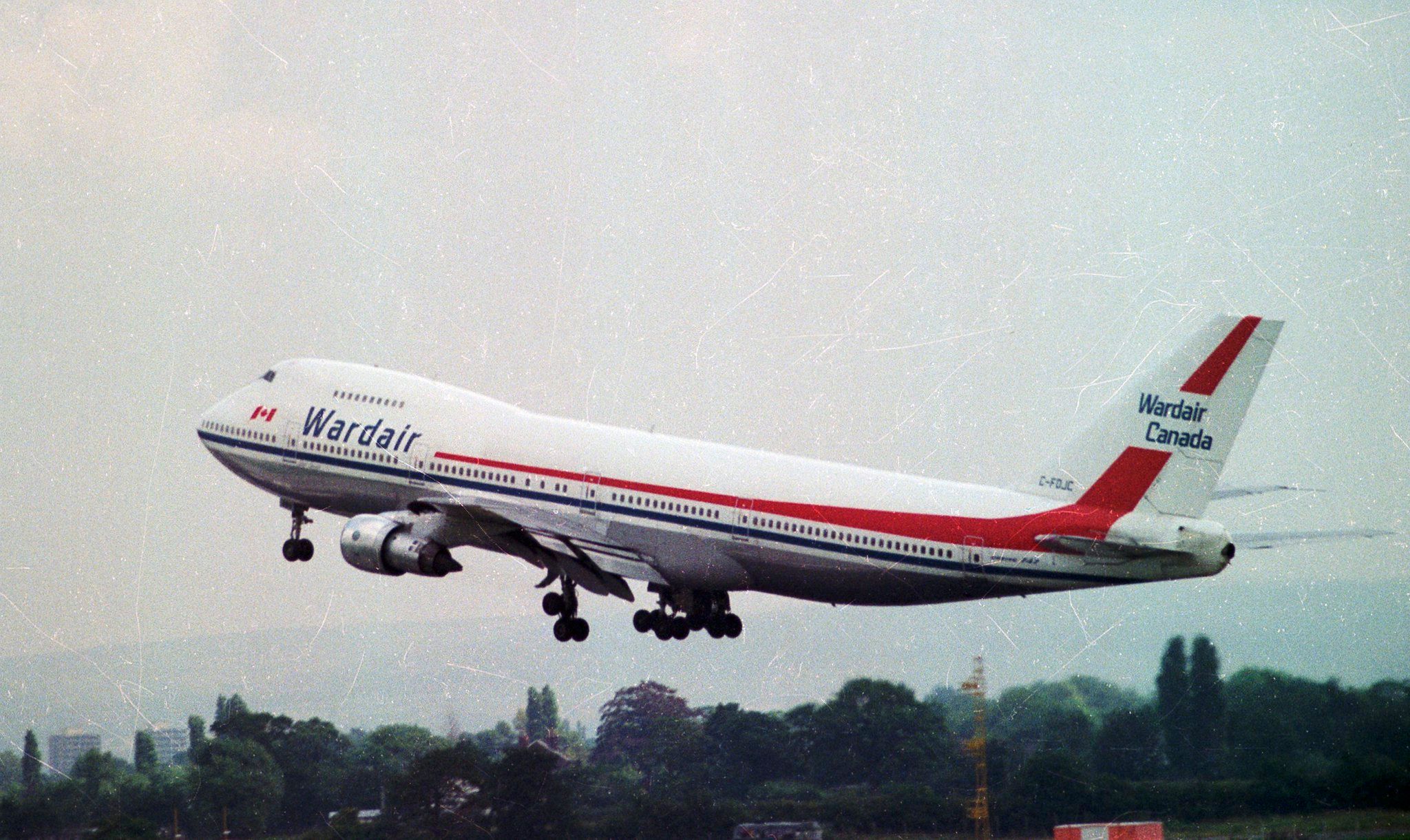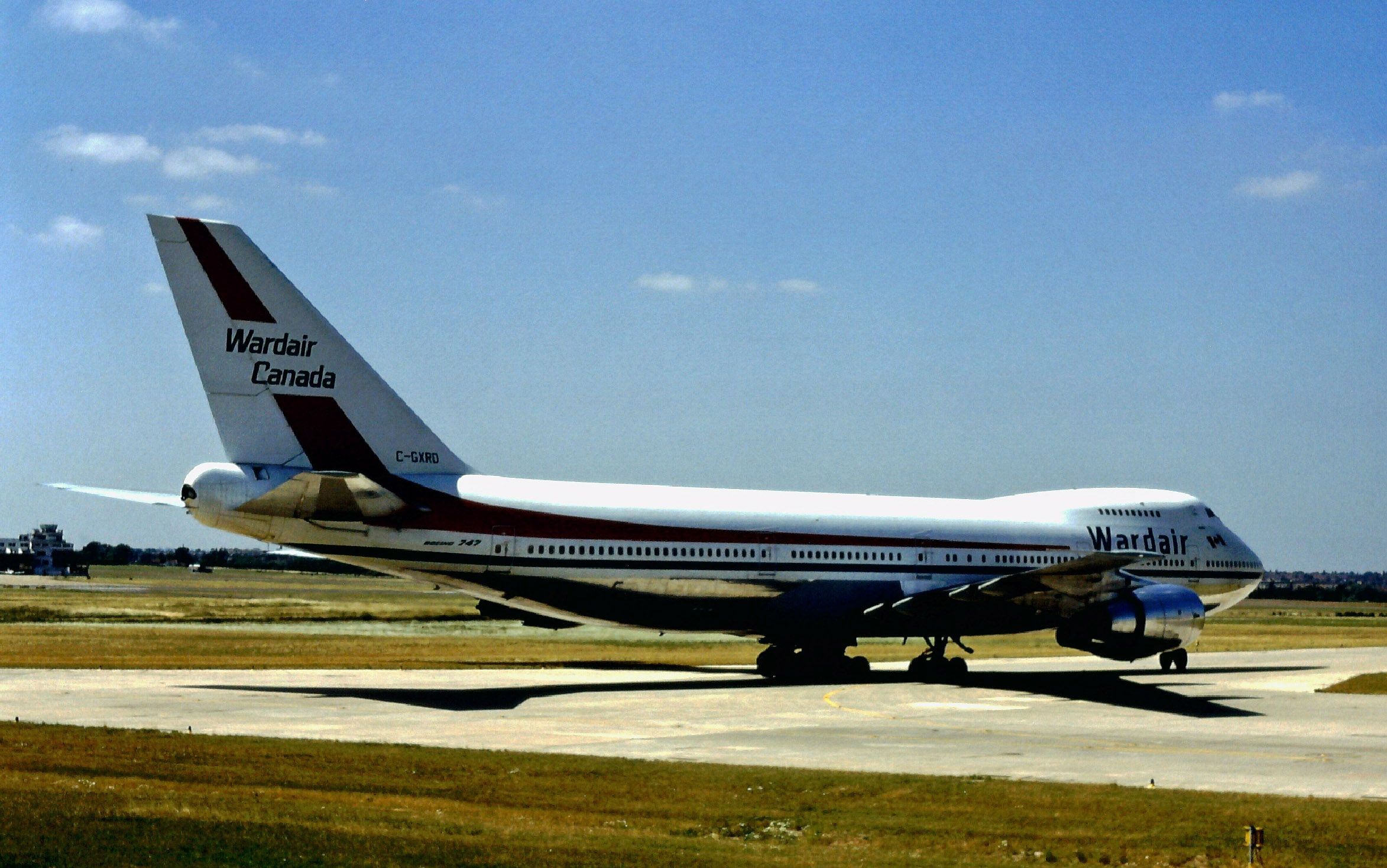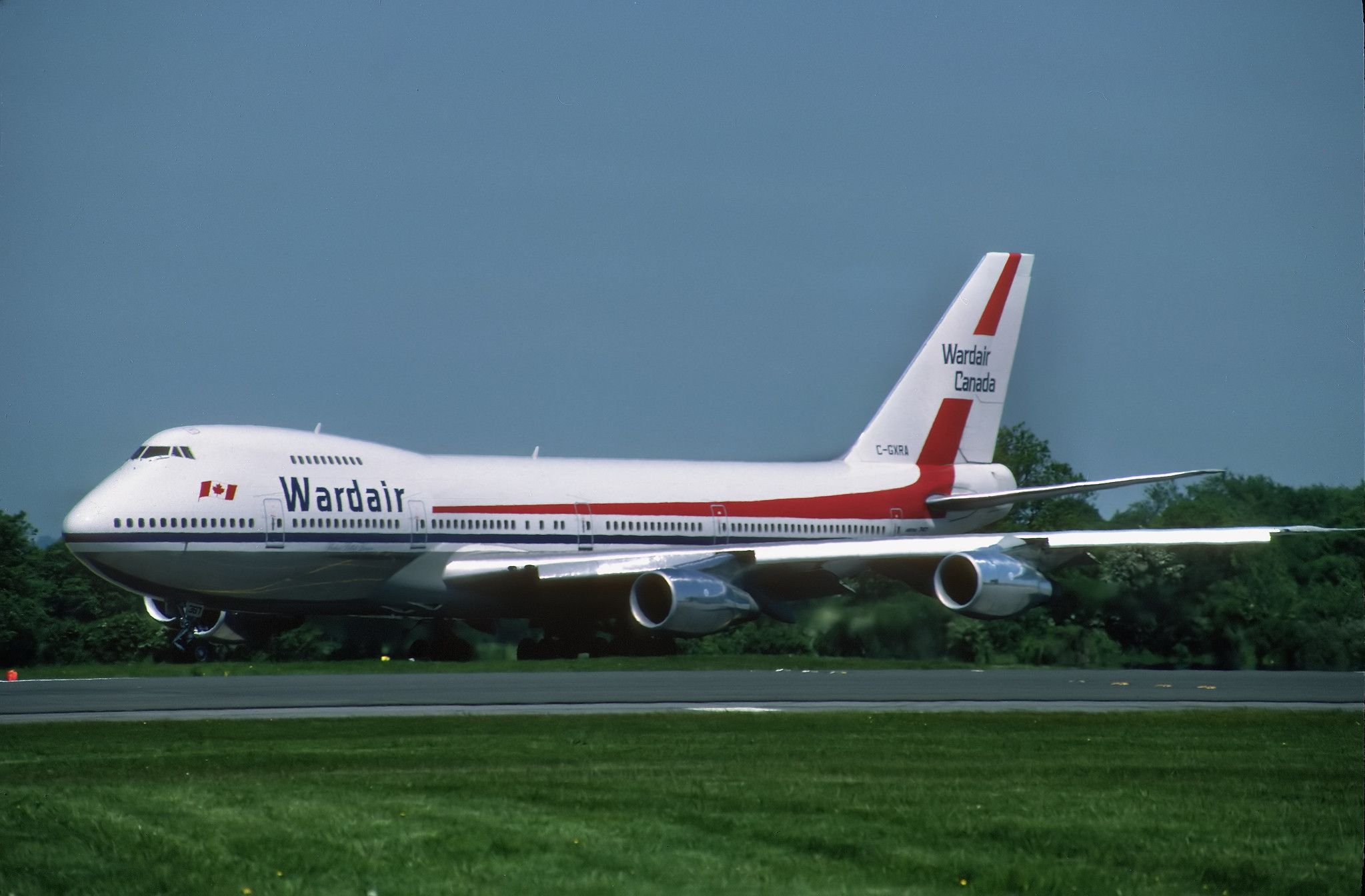Summary
- Wardair operated a total of 5 Boeing 747s – 3 were 747-100s and 2 were 747-200s.
- Expanding their international capacity, the 747s added a new level of comfort and space for Wardair’s growth.
- Today, Boeing 747s are rare in Canada, with only 2 active 747SPs used as testbeds remaining, and no passenger versions in operation.
Former Canadian leisure carrier Wardair operated a relatively diverse fleet of increasingly large aircraft over the course of its existence, which spanned a period that lasted for nearly four decades. The largest of these was the Boeing 747, with two different passenger-carrying variants of the iconic double-decker jet serving the much-loved airline over the years. Let’s examine these in closer detail.
Wardair and the Boeing 747
According to data from ATDB.aero, the airline, whose full name was Wardair Canada, operated a total of five Boeing 747s, with the first joining in 1973. The carrier flew the original 747-100 and would also take onboard a couple of 747-200s at the end of the 1970s.
The arrival of the 747 – which arrived at a similar time to the McDonnell Douglas DC-10 – marked a huge milestone for the carrier, enabling it to significantly expand its international capacity. Up until this point, Wardair had already been a Boeing operator with a couple of Boeing 707s and one 727 in its fleet.
The 747-100s
Three of Wardair’s 747s were the original 747-100 series. The first was C-FDJC, which joined Wardair in April 1973. It was joined in December of the following year by a second 747 registered as C-FFUN, a rather apt designation given the carrier’s fun reputation.
These aircraft were a key factor in the popular Canadian leisure carrier’s growth, as they vastly expanded its intercontinental offering. Indeed, while aircraft from the Boeing 707 family had previously allowed Wardair to fly transatlantic, the 747s added space and comfort, taking the passenger experience to another level. The third and final 747-100, C-FTOB, joined in October 1986.
This trio of vintage quadjets ultimately remained with Wardair until its story ended in 1989. This came about after Canadian Airlines acquired the carrier to save it from a range of financial issues that had arisen over time due to various factors. C-FTOB joined FedEx while its two counterparts went to Nationair, but by the end of the 1990s, all three had been scrapped.
A pair of 747-200s
The other two Boeing 747s that Wardair flew during its long-haul zenith were examples of the 747-200 variant. This version of the legendary ‘jumbo jet’ was dimensionally similar to the original 747-100 model but differed in the sense that it had more powerful engines and a greater maximum takeoff weight (MTOW). These factors subsequently allowed it to perform better than the -100 in terms of range.
The first Boeing 747-200 airframe to come to Wardair was C-GXRA, which joined the carrier on a brand-new basis straight from the factory in June 1978. After just over eight years of service at the airline, which included a brief lease to Libyan Airlines in 1980, it departed for British Caledonian Airways in October 1986. It eventually ended its career with Philippine Airlines in 2002.
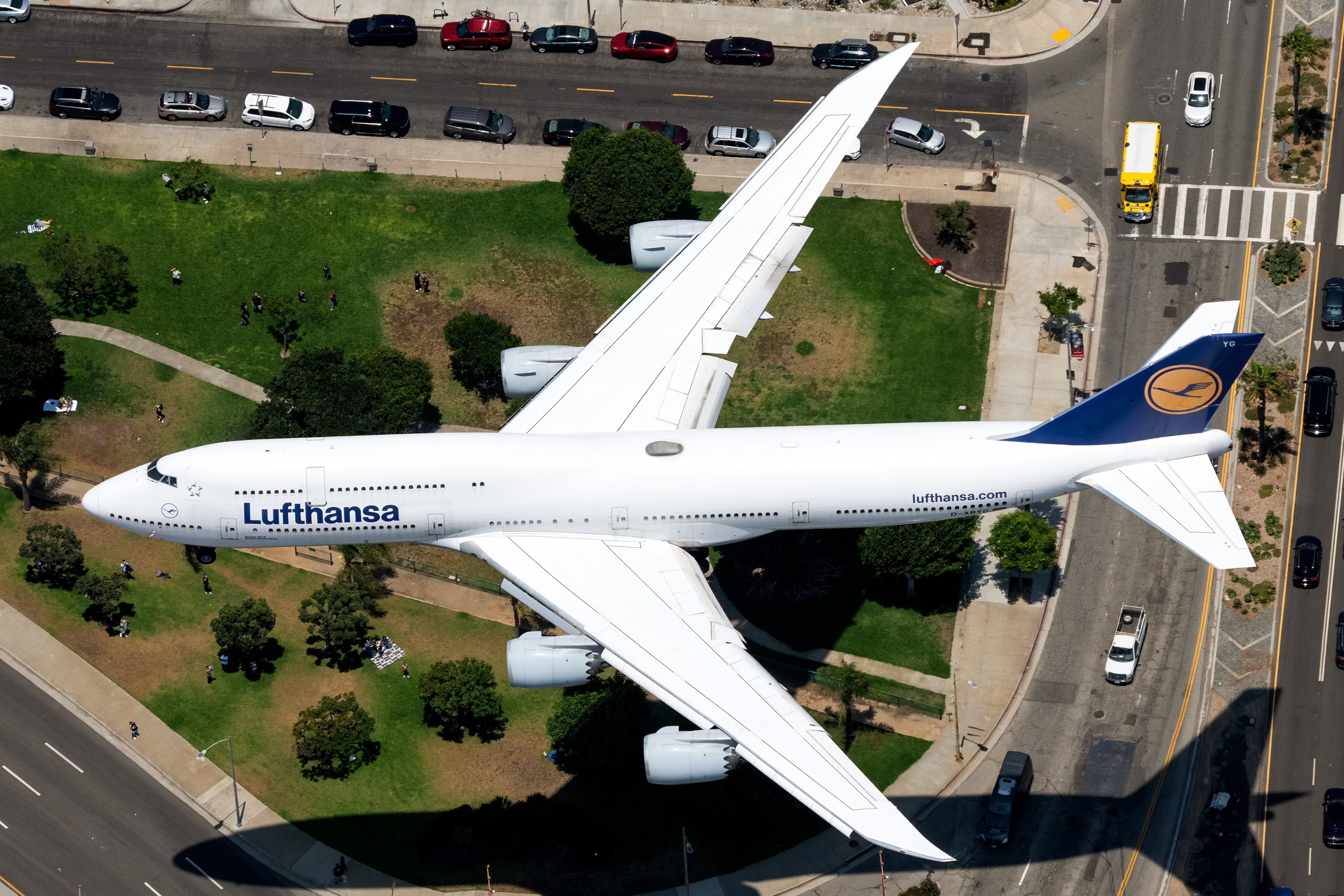
Related
What Is The Shortest Runway A Boeing 747 Can Land On?
Jumbo jets need a lot of space, but let’s examine the minimum needed for landing, and what factors come into play.
Meanwhile, C-GXRD arrived at the airline just under a year after its fellow Boeing 747-200, ultimately landing on Canadian soil in April of 1979. While it wasn’t leased to Libyan Airlines, it otherwise ended up following a similar career path to C-GXRA. Its transfer to British Caledonian took place in 1987, with its final flights with Philippine Airlines ultimately occurring in 2004.
A much-loved airline
Wardair didn’t carry the international prestige of the likes of Air Canada, but its level of service was excellent. Indeed, a flight onboard one of Wardair’s Boeing 747s was very much considered to be part of the holiday, and the airline treated passengers to a more lavish onboard service than its low fares might have led them to expect.
It served the leisure market perfectly and was well-loved by its passengers, offering a surprisingly luxurious onboard experience for a leisure carrier – this included serving up freshly cooked “restaurant-quality” meals (on china plates, no less), as well as generous legroom that regular passengers on a 747 wouldn’t usually be treated to.
Boeing 747s are very rare in Canada today
While Wardair’s fleet of Boeing 747s was relatively small, the jumbo jet is an even rarer sight in the former carrier’s home country of Canada today. Indeed, data from ch-aviation shows that just two active 747s are left in the nation, with both being short-fuselage examples of the 747SP used as testbeds by Pratt & Whitney.
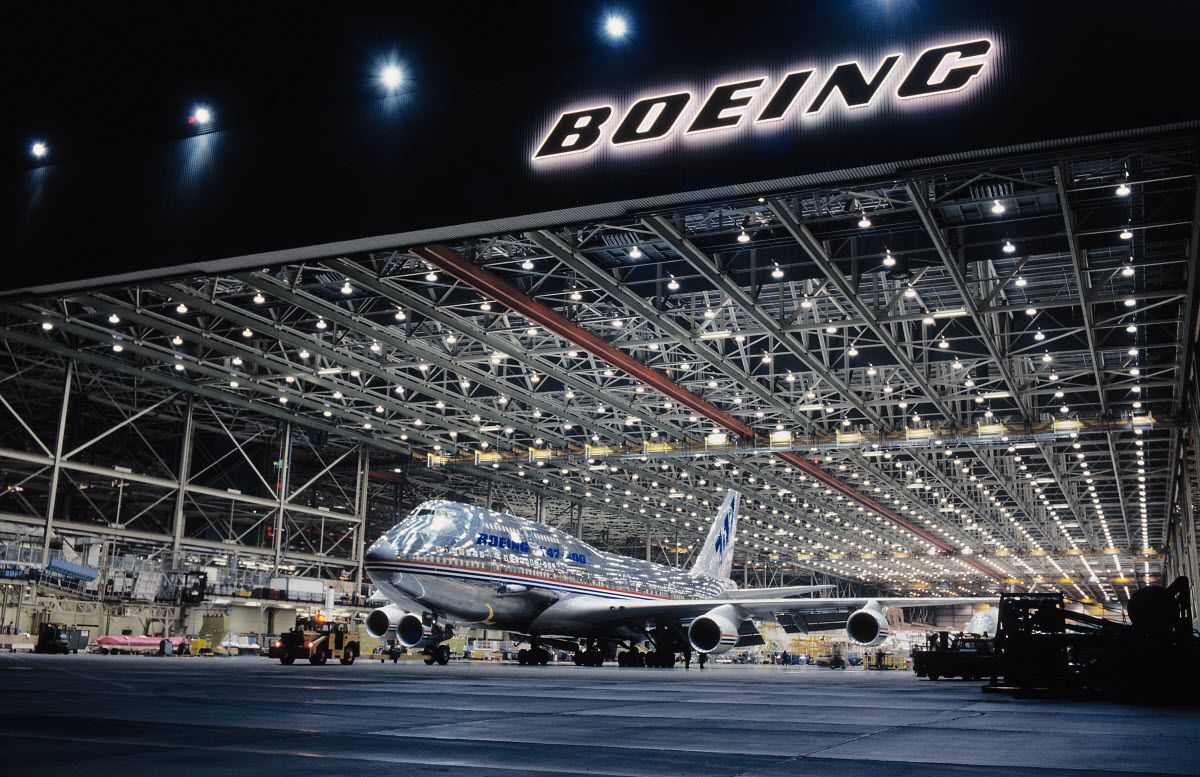
Related
What Are The Oldest Boeing 747s In Operation?
Some have been around for more than half a century!
As for the 747-100 and 747-200, no passenger versions of these planes are in operation anymore. However, there are still a few special versions of these variants around today, the most notable being the two airframes converted for US presidential usage – these two heavily modified 747-200B, or VC-25As as they are called, have been in service since 1990 but are due to be replaced soon by the VC-25B, based on the 747-8 airframe.
Did you know about Wardair’s small but mighty Boeing 747 fleet? Perhaps you even flew on one of these quadjets back in the day? Let us know your thoughts and experiences in the comments!

